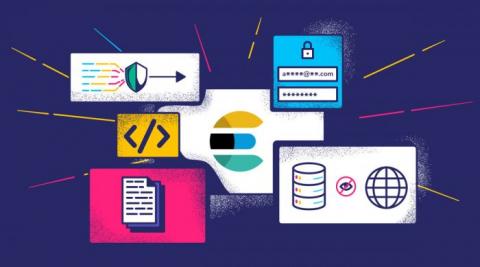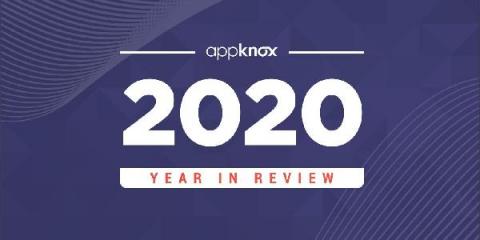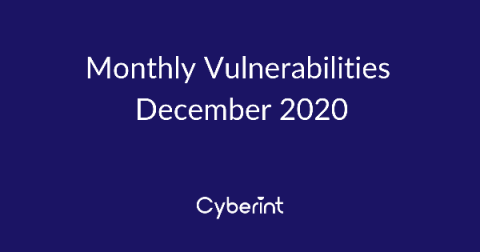Privacy in 2020 and What to Expect for the Year Ahead
2020 was dominated by news of the pandemic and anchored by reality that we all found ourselves in – entire families logging in remotely, trying to keep school and work feeling “normal.” While we tested the limits of what a home office could sustain, the privacy and security of a fully remote world was put front and center. In this piece, we take a look at a few privacy highlights that will likely impact your business and look ahead to see what’s in store for 2021.










